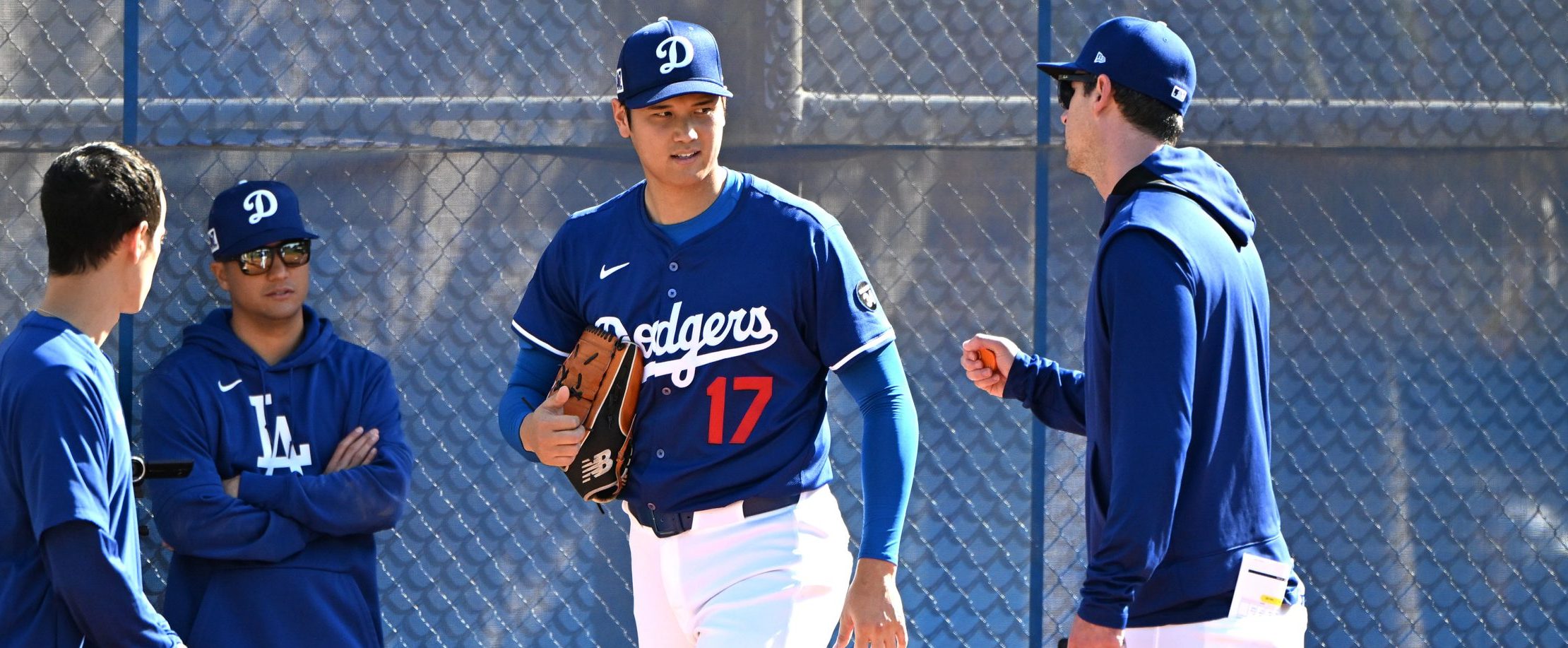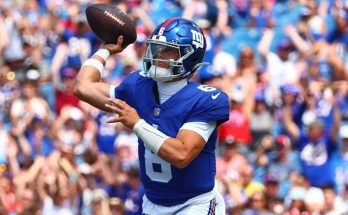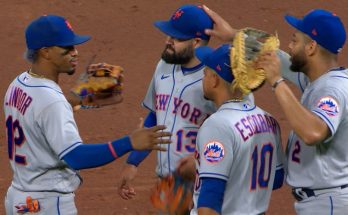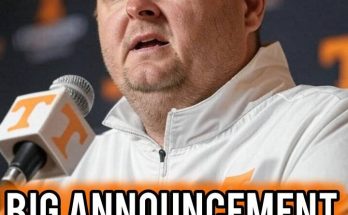The Dodgers’ Dilemma: Shohei Ohtani’s Return to the Mound and Balancing His Dual Responsibilities
Shohei Ohtani is a unique figure in baseball—arguably the most electrifying and versatile player of his generation. His combination of elite pitching and hitting talent has transcended the traditional boundaries of the sport. Ohtani’s impact is undeniable, and his performances have sparked a new conversation about the future of dual-threat players in Major League Baseball (MLB). As he nears his return to the mound following an injury, the Los Angeles Dodgers, among the teams interested in his services, face a significant dilemma in how to best utilize his extraordinary talents, particularly with the question of balancing his responsibilities as both a pitcher and hitter.
The potential return of Ohtani to the mound has created waves of excitement within baseball circles, but it also brings with it a host of challenges, not only for Ohtani himself but for any team that would consider adding him to their roster. The Dodgers, long known for their strategic approach to roster management and player development, must decide how to integrate Ohtani in a way that maximizes his potential while managing the risks of such a unique player. This dilemma is particularly pressing for the Dodgers, as they already have a championship-caliber roster that may be tested by Ohtani’s dual-threat nature. In this article, we will examine the complexities surrounding Ohtani’s return to pitching, the Dodgers’ potential dilemmas, and the broader implications of managing a player who defies traditional roles in baseball.
Shohei Ohtani: A Brief Overview of His Unprecedented Career
Before diving into the specifics of the dilemma that the Dodgers face, it’s important to understand just how exceptional Ohtani’s career has been. Born in Japan, Ohtani made a name for himself as a rare two-way player, capable of excelling both as a starting pitcher and as a hitter. When Ohtani entered the MLB in 2018 with the Los Angeles Angels, he quickly became a sensation, displaying a rare blend of pitching and hitting abilities that had not been seen in decades.
As a pitcher, Ohtani is a flame-throwing ace, capable of reaching triple digits with his fastball and possessing a devastating splitter that has baffled some of the best hitters in the world. As a hitter, Ohtani has the power to hit home runs at an elite level, consistently ranking among the top sluggers in the league. His ability to excel in both areas has been compared to the legendary Babe Ruth, who was the last player to achieve similar feats—except that Ohtani has done so in a much more competitive and specialized era of baseball.
However, Ohtani’s two-way status also presents challenges, especially when it comes to managing the physical demands of both pitching and hitting. The strain of being both a starting pitcher and a designated hitter (or even an outfielder) has taken a toll on Ohtani in recent years. His injury history, particularly the elbow problems that have required surgery in the past, has led to questions about how much longer he can continue to perform at this level on both sides of the game.
The Dodgers’ Dilemma: Balancing Ohtani’s Pitching and Hitting Responsibilities
Now that Ohtani is nearing a return from his latest injury, the Dodgers face a major dilemma: how should they utilize him, especially with the possibility of integrating him back into the rotation and lineup? This question is not simply about Ohtani’s physical health, though that remains a critical component. The real dilemma lies in the logistics of managing such a player in the modern MLB, where most players specialize in one role.

The Physical Toll: Managing Ohtani’s Health
One of the most important aspects to consider when thinking about Ohtani’s return to pitching is the physical toll that such a dual role takes on his body. Pitching is arguably the most demanding role in baseball, requiring explosive movement, repetitive motion, and a high level of stamina. Meanwhile, hitting at a professional level, especially with Ohtani’s power and the strain it puts on his legs and back, is also physically demanding. In order to maximize his effectiveness on both ends of the game, the Dodgers must carefully monitor Ohtani’s physical condition, adjusting his workload as needed to prevent further injuries.
The question that emerges here is whether the Dodgers can afford to let Ohtani continue to pitch regularly without compromising his offensive production, or if they should limit his time on the mound to preserve his hitting ability. Alternatively, could Ohtani’s pitching be scaled back or used strategically in a way that allows him to focus on hitting full-time when he’s not pitching?
These questions are far from trivial. The risk of injury has been a constant issue for Ohtani, and any move the Dodgers make must take into account the long-term health of their player. At the same time, Ohtani’s dual-threat abilities are what make him such a valuable asset in the first place. It would be difficult, if not impossible, for the Dodgers to ignore his potential impact both as a pitcher and as a hitter.
The Logistical Challenge: Rotation and Lineup Considerations
In addition to the physical toll, there’s a logistical challenge that comes with managing Ohtani’s return to both pitching and hitting. In baseball, teams are typically structured around specialized roles—starting pitchers, relief pitchers, position players, and designated hitters. The Dodgers already have a deep and highly successful roster, so finding room for Ohtani’s talents on both sides of the game could prove to be a difficult puzzle.
If Ohtani is to return to the mound and start games, the Dodgers would need to adjust their pitching rotation to account for him. Depending on how often Ohtani pitches, the team may need to limit or adjust the usage of their other starting pitchers to avoid overtaxing the bullpen and ensuring that Ohtani has the proper rest between starts. The Dodgers are already well-versed in managing a pitching staff, but Ohtani’s two-way role complicates matters.
Additionally, how would Ohtani fit into the lineup when he’s not pitching? Assuming he remains in the everyday lineup as a hitter or designated hitter, the Dodgers would need to ensure that his bat remains in the lineup without overburdening him physically. The team would need to be creative in managing his time on the field to optimize his hitting while balancing his need for rest.
The Bigger Picture: Team Success vs. Individual Excellence
Another key factor in the dilemma the Dodgers face with Ohtani’s return is the balance between team success and individual excellence. The Dodgers have long been one of the most successful franchises in baseball, winning multiple division titles and securing a World Series championship in 2020. Their roster is already filled with talented players, and they have an established team chemistry that has propelled them to postseason success.
The addition of a player like Ohtani would obviously elevate the team, but it could also lead to disruptions in the lineup and pitching rotation. While Ohtani is a generational talent, managing his dual role could take away from the Dodgers’ ability to optimize their other players, potentially affecting team cohesion and performance. There’s also the matter of balancing Ohtani’s workload with that of other players, particularly pitchers who might need rest during Ohtani’s starts.
The Dodgers’ ability to manage Ohtani’s workload while ensuring the continued success of their roster as a whole will require careful coordination. The coaching staff, front office, and even Ohtani himself will need to be flexible in how they approach his playing time, both on the mound and at the plate. It’s a delicate balancing act, and the Dodgers will need to continually assess whether they are maximizing their overall team performance while taking full advantage of Ohtani’s rare skill set.
The Strategic Implications of Ohtani’s Return
For the Dodgers, the challenge is not simply about managing Ohtani’s physical health and workload, but about leveraging his unique abilities to maximize team success. How can they get the most out of Ohtani, both as a pitcher and hitter, without putting too much strain on him physically? There is no easy answer to this question, but there are several strategies the team could pursue.
1. Strategic Rest Days: The Dodgers could implement a carefully structured rest schedule for Ohtani, ensuring that he has ample recovery time between pitching appearances and games when he is in the lineup as a hitter. This might involve limiting his number of starts in a season or alternating between days when he pitches and days when he is exclusively a hitter.
2. Playoff-Only Role: Another potential strategy could be using Ohtani primarily as a pitcher during the regular season and focusing on his hitting during the playoffs, ensuring that his dual-role demands are maximized during the most critical games of the year. This would allow Ohtani to rest his body during the regular season, while still contributing significantly in key postseason games.
3. Flexible Lineup Adjustments: By continually adjusting the lineup based on matchups, the Dodgers could give Ohtani the chance to contribute in various ways without forcing him into a rigid schedule. This flexibility could keep him fresh for both pitching and hitting duties.
The return of Shohei Ohtani to the mound represents both an opportunity and a dilemma for the Los Angeles Dodgers. Ohtani’s dual-threat capabilities are unmatched in modern baseball, but they come with challenges that must be carefully managed. The Dodgers face a delicate balancing act in maximizing Ohtani’s contributions to both pitching and hitting while protecting his health and preserving team cohesion. As one of the most innovative and successful organizations in baseball, the Dodgers are uniquely equipped to navigate this dilemma. However, it remains to be seen how they will choose to manage Ohtani’s workload and how this will impact the team’s overall performance. The Dodgers’ approach to this situation could serve as a model for other teams facing the challenge of utilizing dual-threat players in the future.


